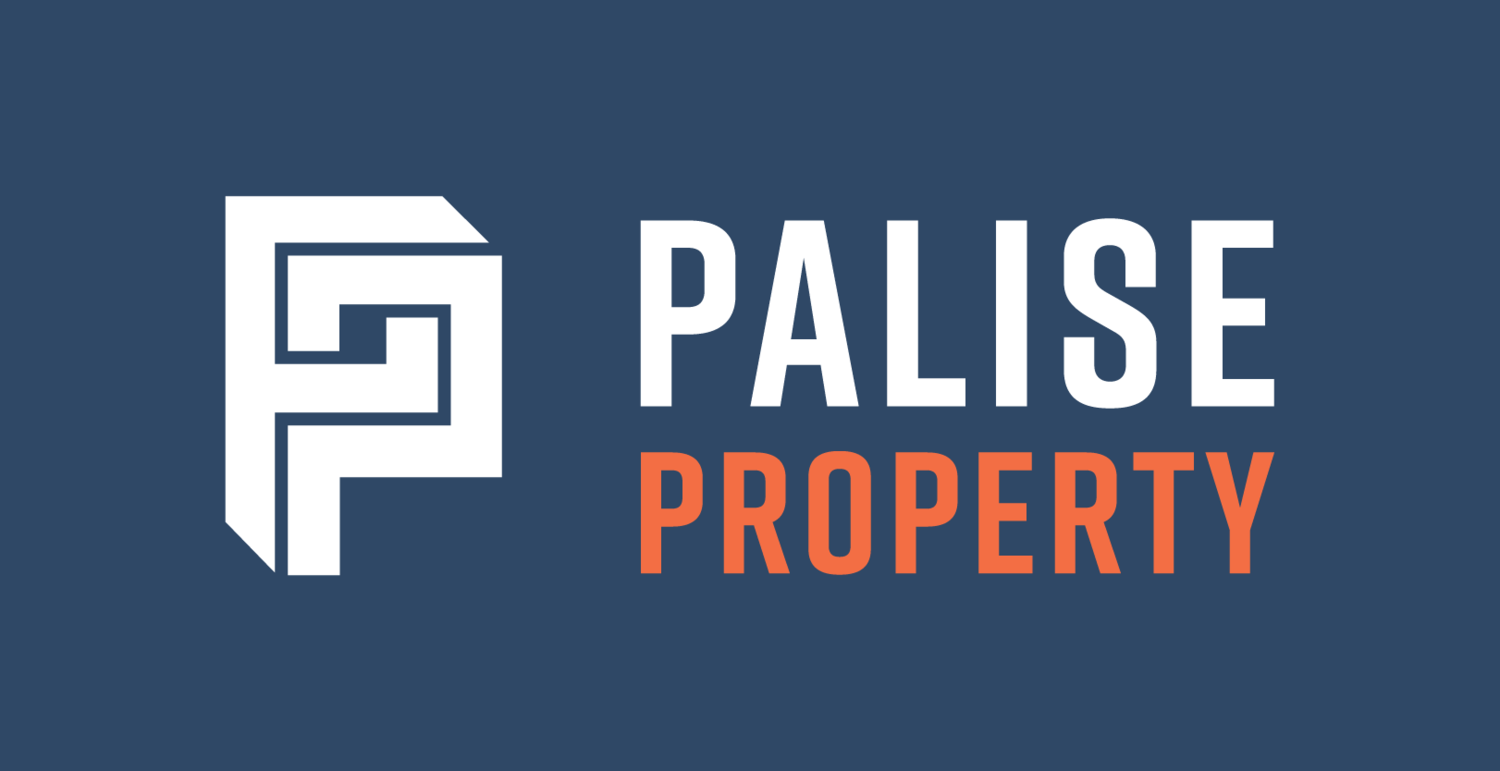What Type of Residential Property Should You Invest In?
Many new investors find themselves overwhelmed by the number of different types of investment properties available. Residential properties can range from small apartments to large single-family homes, and each comes with its own set of challenges and opportunities.
The key is to approach the decision with a clear head and focus on which type of property is most likely to yield success for your portfolio. Don't get caught up in the aesthetics of a property or allow your emotions to influence your decision.
Instead, look at the potential return on investment and the risks involved. With a clear understanding of the market and your goals, you'll be able to select the right property for your portfolio.
With that in mind, here are some of the most common types of residential properties that you should consider investing in.
1. Stand-Alone House
When it comes to investing in property, many people debate whether it is better to buy a stand-alone house or an apartment. There are pros and cons to both choices, but ultimately it boils down to what you are looking for in an investment.
Stand-alone houses typically offer the best land-to-house value ratio, meaning they are more likely to increase in value over time. They are also good for capital growth, as they tend to appreciate at a higher rate than apartments.
However, stand-alone houses also come with some drawbacks. For starters, they usually have a higher price tag than apartments. Additionally, they generally have lower rental yields compared to apartments.
So, if you are looking for an investment that will offer you the most growth potential, a stand-alone house is a good option. But if you are more concerned with generating income from your investment, an apartment may be a better choice.
2. Apartments
Australian apartments have long been a popular investment choice for property investors. And it’s not hard to see why — apartments offer a cheaper entry point and the opportunity to live in a location with higher land values.
They’re also attractive to tenants because they require less maintenance, which is generally managed by their body corporate. Plus, apartments are generally close to the city, workplaces, parks, and restaurants.
There are a few potential drawbacks to investing in apartments that investors should be aware of. Firstly, owning less land translates to lower capital growth returns in the long run. Secondly, body corporate fees can end up eating away at rental yields, making it difficult to achieve a positive return on investment.
Finally, apartments in oversupplied areas could suffer from lower rental yields, less capital growth, and less demand from tenants. In general, it is best to stick with two- and three-bedroom apartments over one-bedrooms and studios when investing in this asset class. Additionally, be cautious about buying off the plan as there is always the risk that the final product does not live up to expectations.
With this in mind, apartment investment can be a great way to diversify one's portfolio, but it is important to do your research and be aware of the risks involved.
3. Townhouses
Investing in a townhouse can be a great way to get more bang for your buck, especially if you're looking to buy into a more expensive area. Because you only own a smaller footprint of land, townhouses can be a cheaper option than buying a standalone property.
Plus, the buyer owns the property but shares the land with a body corporate, so there's less upkeep and maintenance required. Townhouses also tend to attract a range of tenants, from young professionals to families and retirees.
There are also some drawbacks to investing in townhouses that potential investors should be aware of. One of the key considerations is strata fees. These fees cover the cost of maintaining common areas and can be quite high in some developments.
Another factor to consider is that most renovations or alterations to townhouses require approval from the body corporate. This can add significant delays and costs to any renovation project. Finally, townhouses have historically generated less capital growth than standalone houses due to the smaller land component.
This can make it more difficult to sell a townhouse at a profit in the long term.
Key Takeaways
Each type of residential property has its own set of advantages and disadvantages, and the right choice for one investor may not be the right choice for another. For example, it’s harder to find a bargain when buying a standalone house, but they are the best performers for capital growth.
On the other hand, a townhouse offers great rental potential and is more affordable than other housing types, but you’ll need to investigate the body corporate fees carefully.
And with apartments, they’re easy to manage and located in desirable locations, which makes them easier to rent. However, there may be expensive owners’ corporation fees, and you’ll need to pick your area carefully to ensure there aren’t oversupply issues.
Ultimately, it all comes down to your financial circumstances, investment objectives, and risk appetite.
It’s also worth noting that you’re not limited to only these three options. If you would like to know more about the different types of residential investment properties, I do an in-depth comparison between the following residential properties in my book, Residential Property Investing Explained Simply:
Dual-key properties
Duplexes
Semi-detached houses
Terraces
Villas
Boarding houses
Retirement homes
So, if you would like some more insight and a comprehensive breakdown of the residential property investing process, make sure to get your hands on a copy.
Alternatively, if you would like to know more about how I’ve helped thousands of investors successfully acquire residential investment properties, get in touch today.
